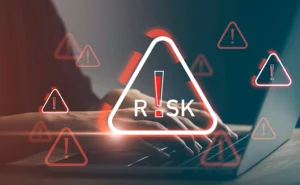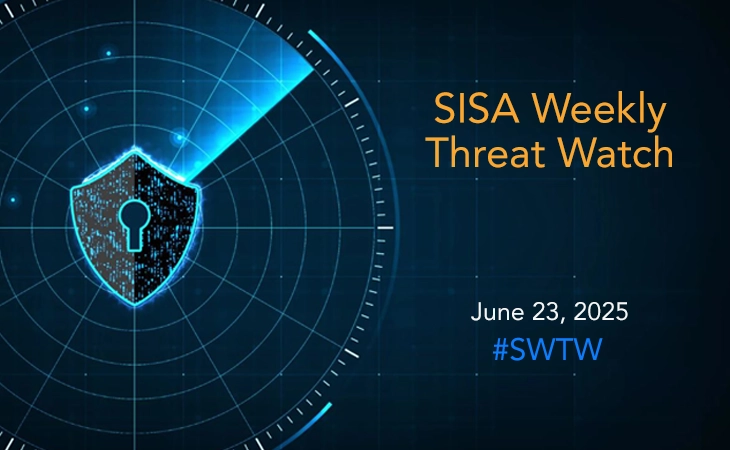
What is Incident Response: Definition, Process, and Importance
In the ever-evolving landscape of the digital age, the increasing reliance on technology has brought forth unprecedented opportunities, but it has also paved the way for new threats. As businesses and individuals navigate this complex digital terrain, the importance of robust cybersecurity measures cannot be overstated. Cyber threats, ranging from sophisticated malware to targeted attacks, pose a constant challenge, making it imperative for organizations to be proactive rather than reactive. This is where incident response plays a pivotal role.
What is Incident Response?
At its core, it is a set of organized actions and procedures taken to address and manage a security incident. A security incident is any adverse event or series of events that could compromise the confidentiality, integrity, or availability of an organization’s information systems. Incident response is a well-thought-out plan that enables organizations to detect, respond to, and recover from such incidents swiftly and effectively. It helps address current threats and proactively strengthens resilience against upcoming cybersecurity issues.
The Incident Response Process
The incident response process typically follows a structured set of steps to effectively manage and mitigate the impact of a security incident. While specific methodologies may vary, a common framework involves the following:
- Preparation: Before an incident occurs, organizations must be adequately prepared. This involves developing and regularly testing an response plan, training personnel, and implementing necessary tools and technologies.
- Identification: The first step when a security incident occurs is to identify and verify it. This involves monitoring and analyzing system logs, network traffic, and other indicators of compromise to determine the nature and scope of the incident.
- Containment: Once the incident is identified, the next step is containment. This involves taking immediate actions to limit the impact and prevent further damage. Short-term containment strategies may involve isolating affected systems, while long-term strategies may involve implementing security enhancements to prevent future incidents.
- Eradication: With the threat contained, the focus shifts to eliminating the root cause of the incident. This may involve removing malware, patching vulnerabilities, or implementing additional security measures to prevent a recurrence.
- Recovery: After eradication, the goal is to safely restore systems to normal operation. This may involve restoring data from backups, validating the integrity of systems, and conducting thorough testing to ensure that the organization can resume normal business activities without further risk.
- Lessons Learned: The final step in the incident response process is conducting a thorough review of the incident. This includes analyzing what went well, what could be improved, and documenting lessons learned. This information is crucial for refining and enhancing the incident response plan for future incidents.
The Importance
As digital landscapes become more sophisticated, the inevitability of cyber threats looms larger than ever. In this intricate web of technology and risk, understanding the critical role of incident response plan emerges as the linchpin for effective cybersecurity. Below are a few key facets underscoring its critical significance.
- Risk Management
One of the primary reasons incident response is crucial in the realm of cybersecurity is its role in risk management. Every organization faces digital risks, and having a robust incident response plan is akin to having a safety net in place. By swiftly identifying and mitigating security incidents, organizations can limit the potential damage and financial impact, safeguarding their assets and reputation.
- Business Continuity
Effective incident response is not just about mitigating the immediate threats; it is also about ensuring business continuity. When a security incident occurs, it can disrupt normal business operations, leading to downtime and financial losses. The possibility of harm and interruption to regular business activities can increase with the length of time it takes to identify, contain, and eliminate a risk. A well-executed incident response plan helps minimize these disruptions, allowing organizations to recover and resume normal operations as quickly as possible.
- Legal and Compliance Aspects
In an era of increasing regulatory scrutiny, compliance with legal requirements is non-negotiable. Incident response is a key component of compliance in many industries. Regulations such as the General Data Protection Regulation (GDPR) mandate organizations to implement measures to ensure the security and confidentiality of personal data. A robust incident response plan not only helps in meeting these legal requirements but also demonstrates a commitment to protecting sensitive information.
- Reputation Management
The reputation of an organization is one of its most valuable assets and a security breach can tarnish that reputation in an instant. Incident response plays a crucial role in managing and mitigating the fallout of a security incident. By responding swiftly and transparently, organizations can build trust with their stakeholders and customers, demonstrating a commitment to security and resilience in the face of adversity.
- Continuous Improvement
The incident response process is not static; it is a dynamic and evolving aspect of cybersecurity. Post-incident analysis and lessons learned contribute to continuous improvement. Organizations can improve their skills, react to new threats, and fortify their overall cybersecurity posture by recognizing their weaknesses, gaps, and opportunities for improvement.
In the digital age, where cyber threats are omnipresent, incident response is not just a best practice; it is a necessity. The increasing complexity and severity of cyber-attacks necessitate a proactive and strategic approach to cybersecurity. As technology continues to advance, incident response will remain a cornerstone of cybersecurity, evolving to meet the challenges of an ever-changing threat landscape. Organizations that prioritize and invest in robust incident response planning not only mitigate the impact of security incidents but also convey a steadfast commitment to safeguarding their assets, reputation, and the trust of their stakeholders.
Latest
Blogs
Whitepapers
Threat-a-Licious
Customer Success Stories
 USA
USA India
India APAC
APAC Middle East
Middle East Global
Global






 Facebook
Facebook Linkedin
Linkedin  X
X Youtube
Youtube






